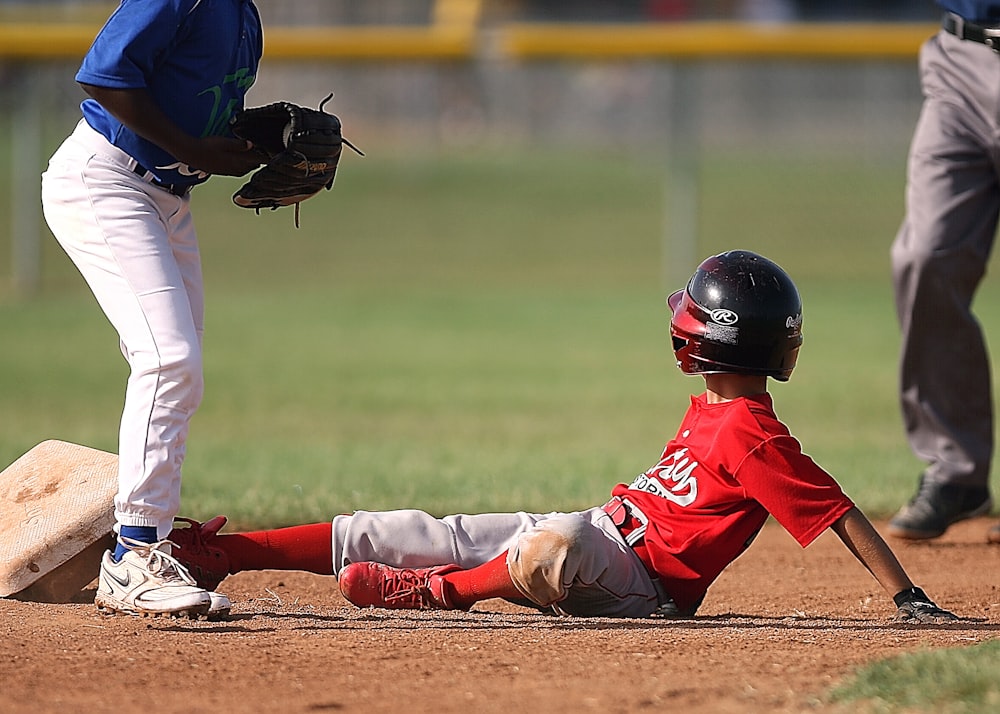目次
大腿骨転子部骨折例が歩行獲得を果たすためにはラグスクリューの適度なスライディングが重要?
大腿骨転子部骨折例では歩行の獲得が最重要課題となります.
大腿骨転子部骨折の場合には術後にラグスクリューがスライディングすることで骨癒合が促進されるわけですが,過度なラグスクリューのスライディングが問題となる場合もあります.
ただスライディング量が少ないのも問題な気がします.
今回は大腿骨転子部骨折例におけるスライディング量を考えるうえで参考になる論文をご紹介させていただきます.

今回ご紹介する論文
J Orthop Res. 2023 Apr;41(4):862-874. doi: 10.1002/jor.25427. Epub 2022 Aug 22.
Gait biomechanics after proximal femoral nailing of intertrochanteric fractures
Arjun Sivakumar 1, Mark Rickman 1 2, Dominic Thewlis 1 2
Affiliations expand
PMID: 35953287 DOI: 10.1002/jor.25427
今回ご紹介する論文は2023年に掲載された論文です.
研究の目的
Proximal femur fractures in the elderly are associated with significant loss of independence, mobility, and quality of life. This prospective study aimed to: (1) investigate gait biomechanics in intertrochanteric fracture (ITF) patients (A1 and A2 AO/OTA) managed via femoral nailing at 6 weeks and 6 months postoperative and how these compared with similarly aged elderly controls; and (2) investigate whether femoral offset shortening (FOS) and lateral lag screw protrusion (LSP) were associated with changes in gait biomechanics at postoperative time points.
高齢者の大腿骨近位部骨折は自立度,移動能力,QOLの著しい低下と関連しております.
この前向き研究では以下を目的としております.
①髄内釘による骨接合術を施行した大腿骨転子部骨折骨折(ITF)例(A1およびA2 AO/OTA)の術後6週間および6ヶ月の歩行バイオメカニクスを調査し,同様の年齢の高齢対照者と比較する
②大腿骨オフセット短縮(FOS)と外側ラグスクリュー突出(LSP)が術後の歩行バイオメカニクス変化と関連するか調査する
研究の方法
Hip radiographs and gait data were collected for 34 patients at 6 weeks and 6 months postoperatively. Gait data were also collected from similarly aged controls. FOS and LSP were measured from radiographs. Joint angles, external moments, and powers were calculated for the hip, knee, and ankle and compared between time points in ITF patients and healthy controls using statistical parametric mapping. The relationship between radiographic measures with gait speed, step length, peak hip abduction, and maximum hip abduction moment was assessed using a Pearson correlation.
34例の大腿骨転子部骨折例から術後6週間と6ヶ月の時点で股関節のX線写真と歩行データを収集しております.
歩行データは同年齢の対照者からも収集しております.
大腿骨オフセット短縮と外側ラグスクリュー突出はX線写真から測定しております.
股関節・膝関節・足関節の関節角,外旋モーメント,パワーを算出し,統計的パラメトリックマッピングを用いて,大腿骨転子部骨折例と健常対照者の時点間で比較しております.
歩行速度・歩幅・股関節外転ピーク・股関節外転最大モーメントとX線写真の関係についてはPearsonの積率相関係数を用いて検討しております.
研究の結果
External hip adduction moments and hip power generation improved in the first 6 months postoperative, but differed significantly from healthy controls during single limb stance. LSP showed a moderate correlation with maximum hip abduction moment at 6 weeks postoperative (r = -0.469, p = 0.048).
股関節外転モーメントと股関節パワーは術後6ヶ月で改善しておりますが,片脚立ちでは健常対照者と有意差がありました.
外側ラグスクリュー突出は術後6週目の最大股関節外転モーメントと中程度の相関を示しております(r = -0.469, p = 0.048).
研究の結論
These results provide new detail on functional outcomes after ITF and potential mechanisms that functional deficiencies may stem from. Lag screw prominence may be an important factor in maintaining functional independence and minimizing the risk of secondary falls after ITF in the elderly.
この研究結果は大腿骨転子部骨折後の機能的転帰に関する新たな戦略と,機能的欠陥に起因する可能性のあるメカニズムを提供するものであります.
外側ラグスクリュー突出は高齢者の大腿骨転子部骨折後の機能的自立を維持し,二次的転倒のリスクを最小限に抑えるための重要な要素である可能性があります.
今回は大腿骨転子部骨折例におけるスライディング量を考えるうえで参考になる論文をご紹介させていただきました.
非常に興味深い結果ですね.
こういった結果から考えても大腿骨転子部骨折例の能力改善を図るうえでは最低限のスライディングは必要ということですね.






